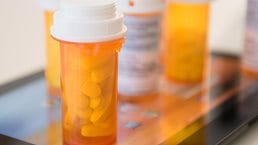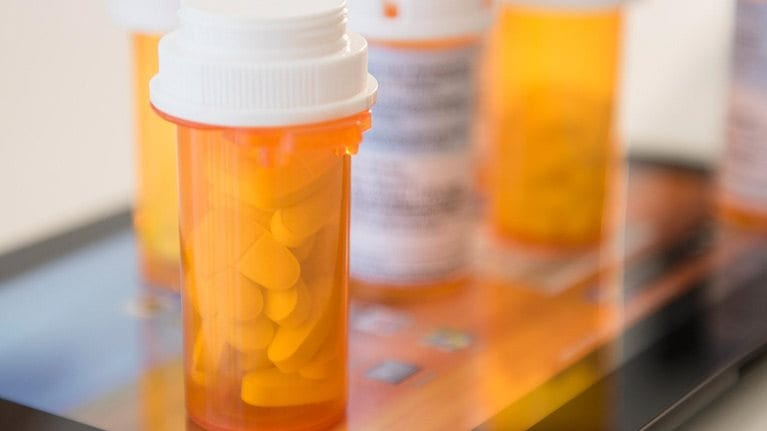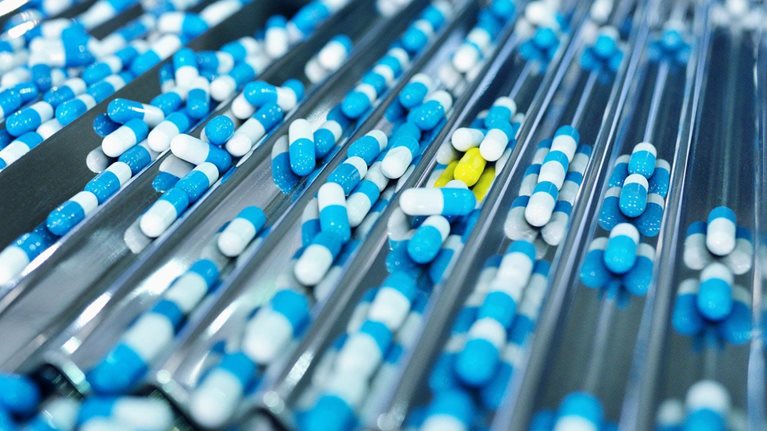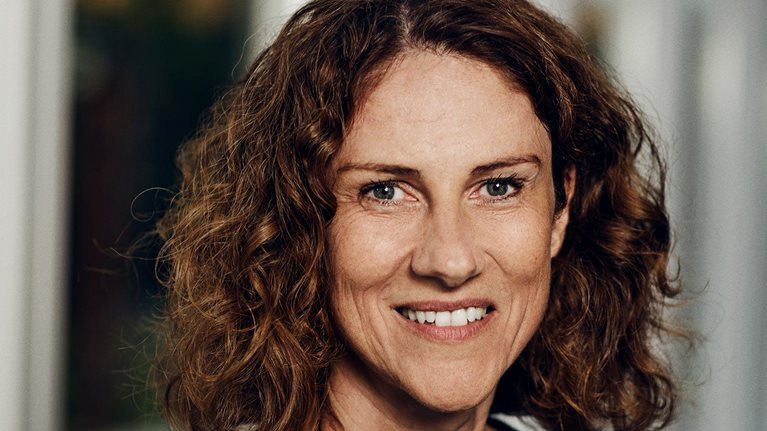In the past few years, health-companion apps that help patients manage chronic conditions such as diabetes and asthma have emerged as a fast-growing and potentially disruptive segment of the healthcare market. Companion apps also offer a way to collect vast quantities of real-world patient data that can be used as appropriate to improve treatment protocols and drug development. In this interview, two executives from mySugr, a start-up that designs apps for diabetes management—Frank Westermann, the CEO and cofounder, and Anton Kittelberger, the COO—talk with McKinsey’s Stefan Biesdorf about the promise of patient apps in reshaping healthcare.
Stay current on your favorite topics
McKinsey: In today’s environment, apps can be created by anyone with a good idea and some programming skills. When barriers to entry are low, how do you differentiate yourself from the competition in digital diabetes solutions?
Frank Westermann: It always depends what exactly you want to do. Regulation is certainly an entry barrier for anybody who is not familiar with it. If you want to be active in the digital health space and go beyond a wellness or fitness app, you face a complex regulatory landscape that requires significant investment to be able to navigate. Also, there is already stiff competition in digital health, and it requires precise positioning and a well-defined competitive advantage if you want to develop traction with a health app.
At mySugr, we are firm believers that innovation in digital health will be driven by the patient and by patient-centric solutions. We focused on patients from the very beginning, whereas many of our competitors target physicians, hospitals, or solutions for the healthcare industry. Our patient focus is rooted in our history and makeup as a company: Anton and I, as well as 30 percent of our employees, are diabetics. This allows us to work to create something that patients actually need and want to use, because we’ve also tested it ourselves.

Biopharma Frontiers: What the future holds for the industry
McKinsey: You’re known for having a cool brand—the mySugr monster—as well as for being unconventional and focusing on ease of use and gamification. How did that come about?
Anton Kittelberger: When we first started, automatic transfer of glucose values into the app was difficult, and we therefore made it a priority to make data entry easy and fun for patients. That helped us differentiate ourselves. With automatic data transfer now easier, we use gamification for other purposes in our app, for example, to encourage patients to engage more with their health data to enable them to better manage their condition.
Frank Westermann: Gamification isn’t an end in itself; it always serves a purpose. Diabetes is a serious disease, and we aren’t seeking to trivialize it.
McKinsey: With your large installed base, you’re collecting more and more data. How are you thinking about using this data to influence health outcomes?
Frank Westermann: We’re at the beginning of a journey. As data from connected devices increase in volume and quality and the data cloud gets denser, more opportunities are opening up for pattern recognition. For example, we can use data generated by continuous glucose monitoring to predict patients’ blood-sugar levels for three hours. That has a big impact and allows patients to be better equipped to manage their disease. We’re also starting to use this data to feed information to our coaches.
McKinsey: Can you measure the impact of your app?
Frank Westermann: Our user data shows that the more the app is used, the better the patient outcome. We can also see which features drive use of the app. We’re looking to solidify our outcomes information through a clinical trial focused on two parameters: HbA1c value (glycated hemoglobin) and time in range. We’re looking at how patients’ use of the app is related to the lowering of the HbA1c value and how to get them to stay in the 6.5 to 7.0 percent range for longer to quantify the outcomes. Higher HbA1c levels are associated with significantly higher hospitalization costs in diabetic patients.
McKinsey: How is your business model evolving? You started as a free app, but where are you now?
Anton Kittelberger: Our business model has evolved. We focused on our B2C model to grow our user base, with a free basic version and a subscription-based pro version. The uptake of the subscription version helped us demonstrate value and made us more attractive to our B2B partners. On top of that, we’ve built a solid business with diagnostics specialists, to integrate their devices, and with pharma companies as a channel for educating patients and launching campaigns. We’ve also made ourselves more attractive to payors by showing that patients’ use of our app is associated with better control and fewer hospitalizations.
McKinsey: Are you planning to work actively with other healthcare stakeholders?
Frank Westermann: Yes, absolutely. In the United States, for instance, we’ve recently launched a coaching product that links you to a certified diabetes educator who has full access to your data and can give you advice at any time. We’re also looking to form a partnership with German payors to roll out a program for diabetes educators.
McKinsey: Every industry is experiencing a wave of digitization. What do you think will separate the winners from the losers in health tech?
Anton Kittelberger: You need to stay close to the patient and continually improve their experience. I see parallels between healthcare and telecoms. In the telecoms industry, the infrastructure providers eventually lost out to the handset and app companies that had direct relationships with end users. In healthcare, the companies that don’t have direct contact with patients may become more like those commodity infrastructure providers.
In healthcare, physicians have traditionally been king; they had the contact with patients, so you focused your sales and communication efforts around them. With digital health, the physicians are losing some of their relevance as the patient takes more control and becomes more important as an informed decision maker.
Frank Westermann: But we don’t see ourselves as disintermediating the physician. In fact, our technology lowers the barriers between the patient and physician. Just getting to see a doctor can be a complex and time-consuming task. Our vision is to have technology enable more touchpoints with a physician to improve well-being.
McKinsey: So could your app help free up physicians to focus on more serious cases, with a thinner support model for well-managed patients?
Frank Westermann: In some ways, the model we foresee is one that is more intensive, with multiple immediate touchpoints with skilled healthcare professionals such as diabetes educators. We see huge value in that for patients.
Anton Kittelberger: I don’t think we are disrupting the physician’s business model. What will change is how pharma companies and diagnostic players go to market: not just via a physician but also via mySugr directly to patients. But that doesn’t mean excluding the physician.
McKinsey: Let’s look at how big pharma does digital. Why don’t we see more success stories?

How pharma can win in a digital world
Frank Westermann: Pharma traditionally works on 20-year time frames, driven by the patent cycle, whereas we think about renewing our technology every year. Big companies often suffer from inertia, mind-set and skills gaps, and a cultural disconnect; it’s hard to switch thousands of employees from a physician focus to a patient focus in a short period of time. Some companies manage to externalize digitization by creating a separate unit or buying a start-up, but that isn’t easy; moving to a digital business model is a major shift for any large organization. Even if individual thought leaders see the opportunities, they can easily get bogged down in pharma’s long decision-making cycles.
McKinsey: How will the collection of personal health data change the way pharma companies think about innovation?
Anton Kittelberger: I can see it influencing drug development, especially the validation of new compounds. Instead of creating a controlled environment in a clinic, we can use a health app like mySugr to gather large quantities of longitudinal patient data in the real world, which could speed up clinical development and improve quality.
McKinsey: What about data privacy? Are existing laws relevant in a digital world, or are they in fact holding back innovation?
Frank Westermann: How healthcare data is used is very important, and it’s the role of governments to regulate it, though most are moving too slowly. Large corporations push the boundaries of data privacy in healthcare much more than small players like us. I don’t think sensible regulation would hinder innovation, and in fact I’d wish for more conversation with regulators on data privacy, especially in Europe. In the United States, the Food and Drug Administration is taking a more progressive stance and is much more willing to discuss healthcare data and its uses.
As a patient myself, I do believe apps need to be regulated to protect patients against misuse or excessive sharing of their data. But the sensible use of data should be allowed so as to improve treatment guidelines and healthcare as a whole.
McKinsey: Are privacy or security concerns a barrier to adoption, especially for older patients?
Frank Westermann: It’s our responsibility to protect patients as far as we can. We put processes in place to protect our app and employ hackers to test the security of our system. We focus not so much on educating patients as on making the app intuitive and creating the best possible user experience. There’s no reason why older patients can’t use it, especially as they get more comfortable with using smartphones and apps in general.
McKinsey: What about your long-term vision? Are you considering expanding into other therapeutic areas?
Frank Westermann: We have no plans to expand to other disease areas. We live and breathe diabetes, and that gives us our competitive edge. Our long-term plan is to become a digital diabetes clinic: a full-service platform that makes life easier for people with diabetes. We’ve made a start by building a diabetes-educator program, and we also want to bring in physicians. We see our role as being an enabler in any context where the patient doesn’t actually need to be present in the physician’s office.
For more interviews on how the pharmaceutical industry is evolving and how leaders can adapt, see Biopharma Frontiers.


